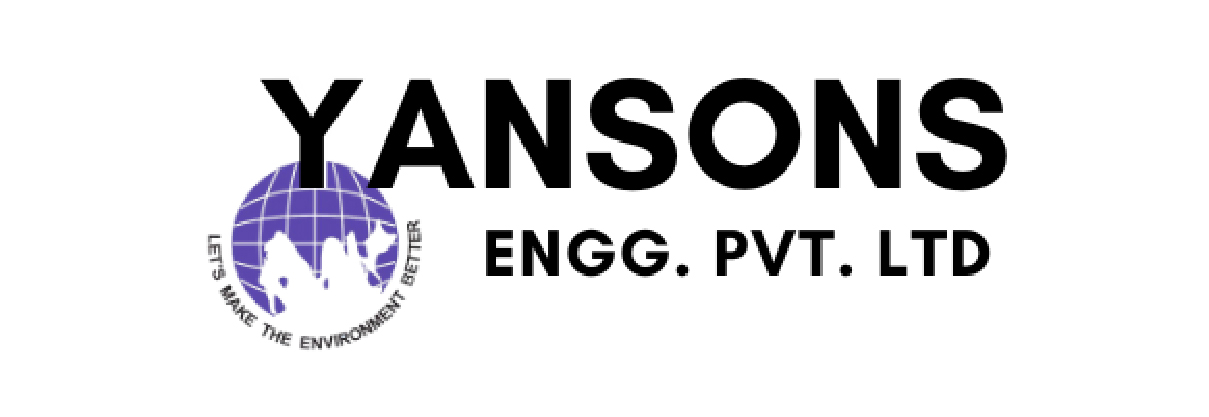Description
Wet dust extraction systems are commonly used in the paper industry to control and remove dust and airborne particles generated during various processes, such as paper cutting, trimming, shredding, and printing. Here’s an overview of a successful complete project for implementing a wet dust extraction system in the paper industry
Successful Complete Project
A successful completion of the wet dust extraction system project in the paper industry is achieved when the following goals are met:
- Effective capture and removal of dust at the source points
- Compliance with dust control regulations and improvement of worker health and safety.
- Prevention of equipment damage and fire hazards caused by dust accumulation.
- Maintenance of a clean working environment and prevention of product contamination.
- Reduction of environmental impact and air pollution.
Problem
Paper industry processes generate significant amounts of dust and airborne particles, which can pose health risks to workers, cause equipment damage, and affect product quality. Additionally, dust accumulation can lead to fire hazards and affect overall plant cleanliness and efficiency.
Solution
Implementing a wet dust extraction system offers an effective solution to control and remove dust in the paper industry. Wet dust extraction uses water or water-based solutions to capture and suppress dust particles, preventing them from becoming airborne and facilitating their removal.
Process
The successful completion of a wet dust extraction system project in the paper industry involves the following steps:
Step 1 – Needs Assessment
- Assess the specific requirements and challenges of the paper industry facility, including dust generation points, processes involved, and applicable regulations.
- Identify areas where a wet dust extraction system can provide the most significant improvements in dust control and removal.
Step 2 -Equipment Selection
- Select suitable wet dust extraction equipment, including wet collectors or scrubbers, based on the volume of dust generated and the desired collection efficiency.
- Choose the appropriate water-based filtration media and separation mechanisms, such as centrifugal separators or cyclones, to effectively separate dust from the airflow.
Step 3 – Equipment Selection
- Install the wet dust extraction system, including the wet collectors, ductwork, and filtration components.
- Choose central vacuum units, vacuum pumps, or portable vacuum cleaners depending on the size and layout of the facility.
- Identify and acquire the necessary accessories and attachments for material handling, waste collection, and cleaning tasks.
Step 4 – Installation
- Install the scrubbing system and associated equipment, following manufacturer guidelines and engineering best practices.
- Ensure proper sealing and insulation of the system to prevent leaks and maintain efficient airflow.
- Integrate the system with existing equipment and processes, including paper cutting machines, trimmers, shredders, or printing presses.
Step 5 – Testing and Commissioning
- Start the wet dust extraction system and conduct comprehensive testing to ensure its functionality and performance.
- Evaluate the dust capture efficiency and the effectiveness of the water-based filtration and separation process.
- Fine-tune the system as needed to optimize its performance and address any issues or adjustments required.

